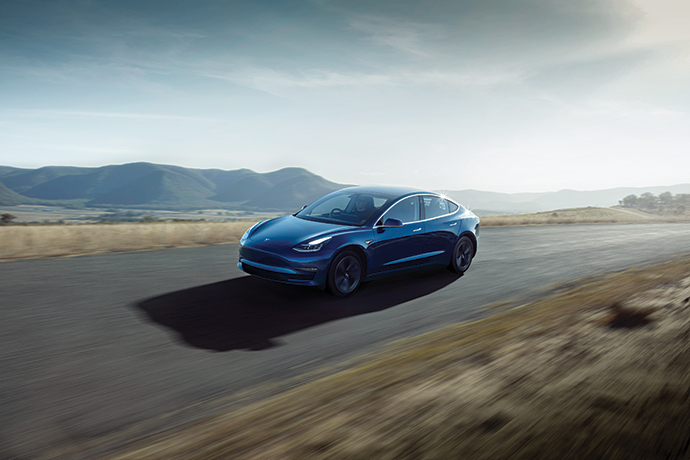In an earnings call in July, Tesla leaders not only shared images of the company’s rising Gigafactories in Shanghai and Berlin, but revealed that they had selected a site for the next one: 2,000 acres in Travis County near Austin, Texas.
Elon Musk said the “stunning” manufacturing campus site in eastern Travis County “right on the Colorado River” would “basically be an ecological paradise,” and will have trails and other amenities open to the public. It will produce the Cybertruck and Semi truck, as well as the Tesla 3 and Tesla Y models for the eastern half of North America. Even as he announced the choice, early construction work on the $1 billion, 5,000-job complex was already under way at a location just minutes from both Austin Bergstrom International Airport and downtown Austin. Incentives application documents for the project known by the code name “Project Bob Pole” indicate the manufacturing complex will measure between 4 million and 5 million sq. ft. (371,600 sq. m. and 464,500 sq. m.).
“Tesla’s decision to locate its newest Gigafactory in Austin will expand and enhance our innovative culture while also providing new and exciting career opportunities for all segments of our Central Texas workforce,” said Gary Farmer, chair of Opportunity Austin, the economic development initiative aimed at fostering job-creating investment in the five-county Central Texas region. Those segments include career pathways for those with and without a college degree. And by landing in a historically underserved community, the project could turn that scenario around in a hurry.
Tesla intends to invest in the community through workforce initiatives, technical colleges, and programs for K-12 schools. “From the start, their support, generosity, and commitment to our students has been unwavering,” said Del Valle Independent School District Board of Trustees President Rebecca Birch of Tesla’s engagement. “As demonstrated in other locations, Tesla can make a big impact on student learning.”
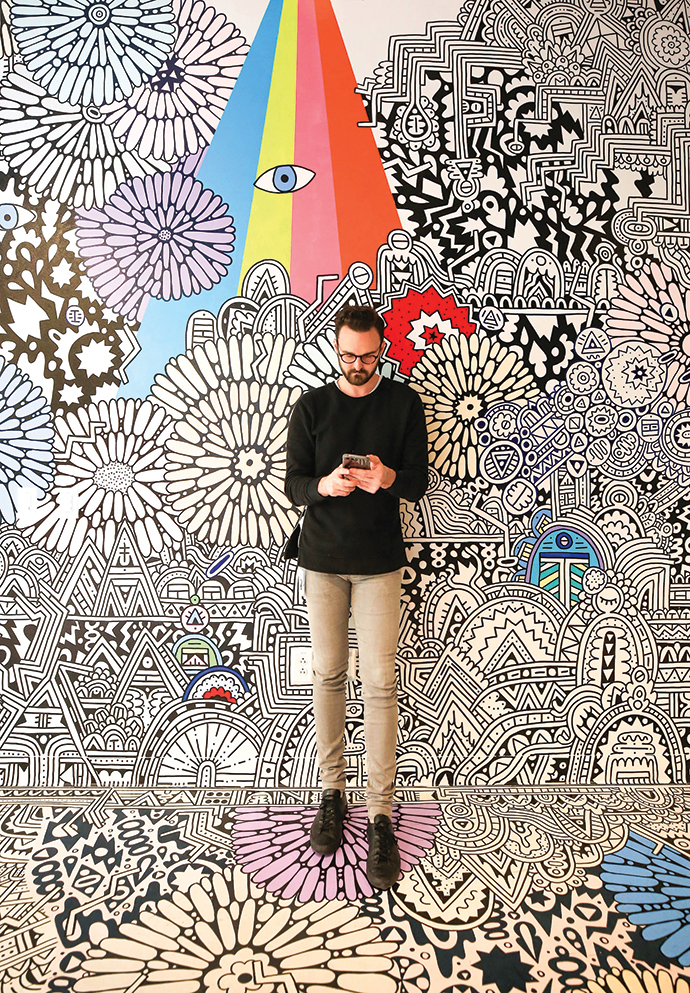
At the end of that earnings call, Elon Musk said, “I think I’ve never been more optimistic or excited about the future of Tesla and the history of the company.” There was one last question, however: How many vehicles can Tesla produce in Texas?
Noting that the new Travis County site is now the company’s biggest property, Musk said, “Well, right now, zero. But long term … a lot.”
This blockbuster project means a lot to a whole lot of stakeholders who are also thinking long term.
The Context
It’s hard to say out loud in the midst of pandemic suffering, but Austin is on a roll in 2020. The billion-dollar Apple campus continues to rise on schedule in Williamson County, bringing with it 5,000 new jobs. The company already employs 7,000 in the metro area. The new site will have the capacity to employ up 15,000, and in some ways is the bookend for Tesla’s envisioned community investment: The Apple campus features extensive green space and renewable power usage (100%, including solar power generated on site). And before the groundbreaking in November 2019, the company launched its Community Education Initiative in Austin, partnering with Austin Community College, Austin area public schools and other community partners to bring Swift coding into the classroom. Austin Community College was one of the first community colleges in the country to offer app development with Swift to train its students to design and develop apps.
Another California-based tech titan is growing in the city too: Facebook held a grand opening for its expanded Austin campus in September 2019.
The billions don’t involve just corporate investment. The Austin City Council has supported a $7.1 billion funding plan for the Project Connect transit plan that will come to a public vote in November. The plan includes extended and improved service on several light-rail lines and an underground tunnel to separate rail from car traffic.
Transit investment is needed because Austin’s population grew by 2.8% in the year ended in July 2019, and shows no signs of slowing. From 2010 to 2019, the Austin metro area was the fastest-growing in the nation, with a population gain of nearly 30%. Three other Texas metros are also among the top 10 in that category: Houston (19.4%), San Antonio (19.1%) and Dallas-Fort Worth (19%).
Analysis of 21 secondary-sized metro areas released by finance and real estate analytics firm Trepp found Austin’s increase in population accompanied employment growth of about 2.73% (or 33,000 jobs) between January 2019 and January 2020. While unemployment spiked everywhere this summer, Austin recorded the lowest June unemployment rate of all the secondary MSAs, at 7.5%,” Trepp reported. The firm ranked Austin No. 1 for commercial real estate potential.
Austin also was ranked No. 3 on Milken’s Best Performing Cities list. All you have to do is look at the skyline to see why, even as construction employment decreased in 225 of 358 U.S. metro areas during the year ending in June, Greater Austin led the nation in construction employment growth, adding 4,100 jobs (6%).
“If you were able to come to Austin, you’d see cranes everywhere,” says Charisse Bodisch, the Austin Chamber’s senior vice president of economic development. “Construction is going ahead full bore and taking advantage of the fact you can get a lot done right now. Nobody’s mothballed their project. Everybody’s moving forward.”
The Paperwork
Among the files you can find at the Texas Office of the Comptroller is an ultimately successful June 2020 application for Chapter 313 incentives signed by Tesla Senior Director of U.S. Tax Mark Olson and Senior Property Tax Manager Michael McCrary that would limit the school tax portion of property taxes.
“To continue to meet increased demand and to provide new products an additional manufacturing facility is required in the United States,” the application states. “Specifically, the output for this plant is targeted to provide vehicles to the eastern half of the United States, so an ideal location is the central U.S. Raw materials will be trucked to the facility and finished vehicles will be shipped via car carriers to the East Coast markets. Numerous studies have been performed to identify the best location and eight states were initially identified as viable contenders for the new factory throughout the central part of the United States. In addition, many states submitted unsolicited packages of incentives designed to entice Tesla to locate in their respective states. The current focus is on Oklahoma and Texas as potential locations for the new facility.”
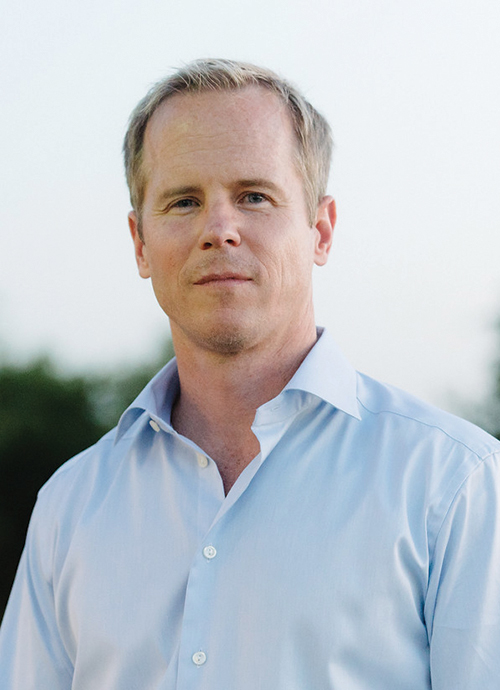
“Tesla should be a magnet for an entire ecosystem of business and suppliers that support automotive plants and their employees.”
After the candidate site, known as the Austin Green property, was chosen, a purchase contract was nearly finalized between Tesla and the current owner of the property, the application said, and the closing of the transaction was contingent on the project receiving final approval to move forward.
“However, for a project to succeed, it must also have an acceptable rate of return to secure the necessary capital and compete in the automobile industry against some very capable competitors that have been longstanding industry players,” the applicants asserted. “Therefore, local and state tax incentives serve a critical role in getting the project approved and operating successfully. This is especially critical in Texas due to the high level of real and personal property taxes relative to other states. Since school taxes are the largest component of local property taxes, the Section 313 tax limitation is especially critical to create a level playing field between Texas and other states vying for this project. Therefore, obtaining the 313 limitation is a determining factor in the decision whether to locate the project in Texas.”
The total value of the local incentives came to more than $61 million — $46.6 million from the school district and a 10-year, $14.7 million property tax break from Travis County. Analysis by the county showed that even with the tax rebates, expected taxes from Tesla over 10 years will come to a handy sum:
“In addition to the 5,000 new jobs and $1 billion facility investment, Travis County has been able to take a tract of land that paid $64,000 in tax revenue over 10 years and turn it into a tract that will pay $8 million in tax revenue during the same period,” said Travis County Judge Sam Biscoe of the former Martin Marietta rock and sand quarry.
Diana A Ramirez, director, economic development & strategic investments for the Travis County Planning & Budget Office, says, “The performance agreement between Tesla and Travis County is significantly different from our other agreements. First, the rebate is calculated on the operations and maintenance (O&M) portion of the tax rate only. All prior incentive agreements have rebated property taxes paid on the total tax rate (O&M plus the interest and sinking, or debt tax rate). In addition, this performance agreement focuses on establishing a long-term philanthropic relationship with the company, making the company a full community partner in helping address community needs such as affordable housing, transportation and workforce development. The agreement includes a requirement that Tesla support local community efforts to a value equivalent to 10% of its annual Travis County tax burden. This will keep Tesla working with the county and our partners over the 20-year term of the agreement.”
One place Tesla did not yet receive incentives is from the Office of the Governor, which holds the purse strings on the Texas Enterprise Fund that is often turned to for high-impact projects.
The Site Consultant
“The smart money was always on Austin for the Tesla truck assembly plant,” says John Boyd, principal at New Jersey–based site consulting firm The Boyd Company. “It is never easy, and there were so many moving parts to this, including sometimes heated, very public incentive discussions in one of the more progressive city councils in Texas. Anything could have happened.”
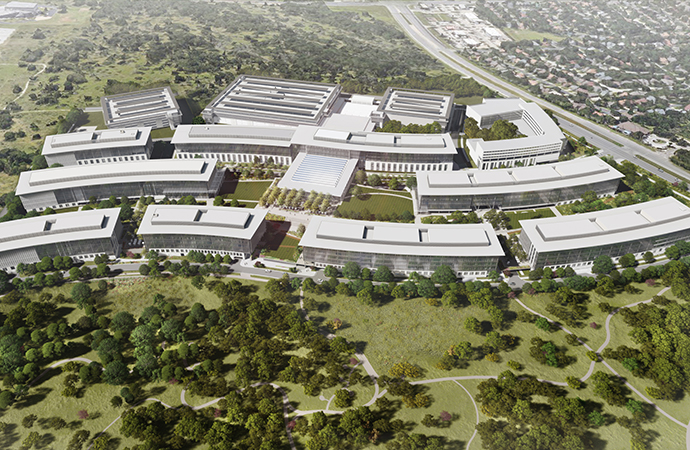
Though Elon Musk has very publicly criticized local government restrictions and other facets of doing business in the company’s home territory of Fremont, California, numerous interview subjects deny that headquarters were part of the Austin conversation. But Boyd, a respected expert on headquarters location in particular, is willing to go there.
“Now, the head office is in play and Austin needs to keep its game face on,” he says. “It clearly is a top contender for what I have termed the ‘holy grail’ of business attraction — the corporate headquarters. Tesla’s current headquarters staff is scattered among multiple offices in Silicon Valley — not an efficient scenario for a precision firm like Tesla. Austin’s central U.S. location — Tesla executives can travel to either coast in three hours or less, not five or six from California — is a fundamental strength of the city. The lack of a personal income tax in Texas is another compelling card the city can play, not to mention another round of lucrative incentives. Corporate head offices are more mobile than ever before, and the move to Austin from the difficult and often contentious business climate in California speaks to Tesla’s no-nonsense, show me the money brand.”
The Runner-Up
Among the eight original locations studied by Tesla for this project was Nashville. But the only other finalist was Tulsa. In the July earnings call, Musk gave “a shout-out” to runner-up Tulsa and Gov. Kevin Stitt’s economic development team, whose efforts, he said, left him “super-impressed,” adding, “We will for sure consider Tulsa for future Tesla expansions down the road.”
“The comprehensive effort made by the State of Oklahoma, the City of Tulsa and the Tulsa Regional Chamber proves Oklahoma remains open for business and an ideal destination for the automotive industry despite today’s announcement,” Stitt said in a prepared statement. “We will be actively recruiting Tesla’s supplier base to Oklahoma as well as many other companies whose eyes have been opened to our state throughout this process. I wish Elon Musk and Tesla all the best. In fact, I wish them so much success they are forced to expand again, because I know just the place.”
The Entrepreneur
EnergyX is a technology company focused on scientific innovations in the field of lithium extraction and solid state battery energy storage systems, registered in Puerto Rico, with administrative offices in Florida. But its heart is beating loudest in Austin.
“Our biggest partnership is with University of Texas at Austin,” EnergyX Founder and CEO Teague Egan tells me from Puerto Rico. “We contract several PhDs in the labs of Dr. Benny Freeman, inventors on three of our partners, and Dr. John Goodenough, Nobel Prize winner and inventor of the lithium-ion battery. We recently decided to make Austin the location of our science headquarters, where we will open our own independent R&D innovation labs focused on next-generation lithium extraction membranes and technology, and solid state battery technology. A big reason, in addition to our partnership with UT, is the fact that Tesla’s new Gigafactory is located in Austin.”
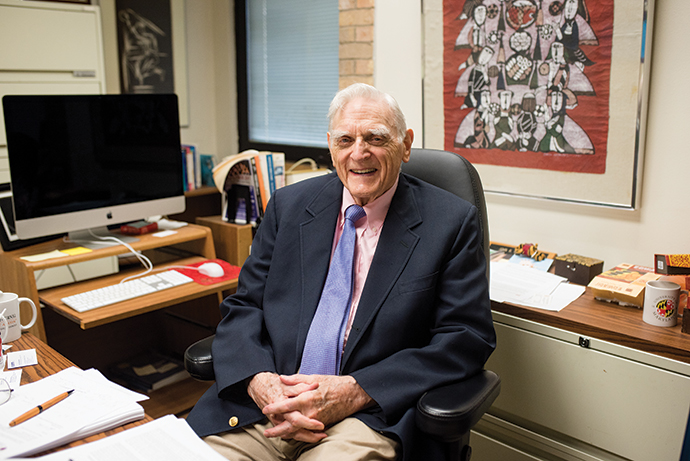
Central to the technology being developed by EnergyX and its partners are methods of mechanically extracting lithium from salt brines using advanced nanomaterials called Metal Organic Frameworks (MOFs), described by some as a “miracle material” that can be precisely tuned to filter lithium molecules in such a way that extraction from salt brine would take hours instead of months or years.
“An estimated $15-20 billion dollars of investments into lithium infrastructure is needed by 2025 to meet growing demand,” Egan said in March. “In 2018 there were 270,000 tons of lithium produced. By 2030 demand is projected at over 2 million tons. EnergyX’s breakthrough technology is ensuring we can meet that demand.”
Research at the Cockrell School of Engineering at UT is striking at a nickel solution as well, which has the helpful side effect of eliminating cobalt, the least abundant and most expensive element in cathodes. Elon Musk is listening.
Egan was listening in 2013 when he first invested in Tesla, which he says “got me going down the renewable energy path.” He says UT is EnergyX’s most important partner, led by Dr. Freeman, who not only saw his technology licensed by EnergyX, but invested in the company. About two dozen PhDs work in his labs on various types of membrane separations and materials for water and energy technologies, which could be deployable in areas such as desalination. Right next door to the building housing Freeman’s labs are the offices of Nobel Prize winner Dr. Goodenough, where the team takes experiments from Freeman’s lab to test them. Another entity Freeman introduced EnergyX to was MTR (for Membrane Technology and Research), based in Newark, California, close to Tesla in Fremont, in order to take what is developed in a university setting to commercial scale.
“So we have scientists working out of MTR in Silicon Valley, team members in Utah, New York and New Mexico,” Egan says. “As we started to grow the company from the first couple people to about 15 now, I decided that it’s much more effective to have all of our science team working in the lab on hard tech in the same place. Two logical places were either Silicon Valley or Austin. The reasons behind those two places were the talent pools. Berkeley and Stanford and a lot of engineers, and in Austin, UT and a lot of engineers. Texas A&M has a lot of bright engineers. And there are a lot of water desal plants in El Paso.
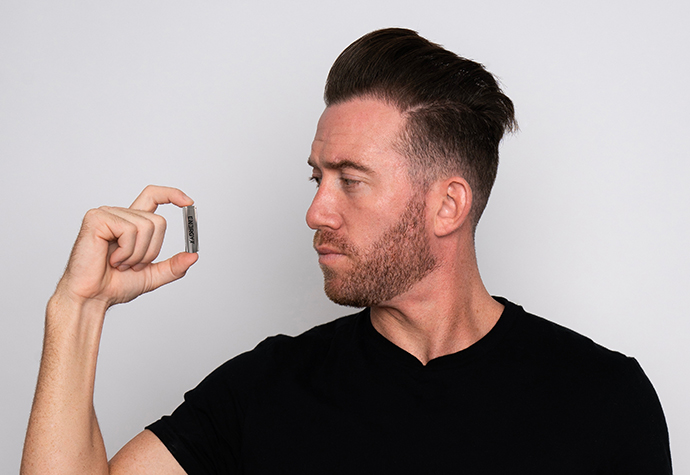
“The second reason is investment. Silicon Valley speaks for itself, but it’s arguable that Austin is the new Silicon Valley in a lot of aspects, with South by Southwest, and a booming ecosystem of investors and scientists. You look at other factors such as taxes, cost of living, employee laws, and when I spoke to the majority of my team, Austin was the place everybody wanted to move. It’s really on the up and up. Then Tesla announced — they obviously saw the same thing.”
Egan thinks the impact of the project will be “absolutely massive,” and not just because the Cybertruck will appeal to the state with the most pickup trucks. Unlike most OEMs, Tesla develops and makes most of its own components, and is open to the possibility of supplying batteries and battery packs to other OEMs. “They just have such a big start over all the other companies trying to electrify,” Egan says. “I think it’s inevitable other companies will take them up on that offer.”
Tesla, he explains, is not a car company, but a renewable energy company. EnergyX and Tesla share a mission to transition the world to renewable energy. “He identified cars as the first aspect, but they make solar roofs, they make home battery packs, they make commercial size grid-scale battery packs. It’s going to drive all that energy to Texas. It’s not even a Gigafactory — they’re talking about it being a Terafactory. The vision is so much more grand than auto manufacturing. It’s decarbonizing the entire energy infrastructure. My lab will be right next to his, and we’ll be developing these technologies that hopefully they will want to use.”
Egan plans to put together a team of up to 30 scientists and engineers. “We’re growing our team as we speak, with a lot of hirings over the next six months, and we’re looking at a couple of properties,” he says. “Austin is just a buzzing society. Everybody wants to be there. It has culture and it’s a fun place to be. When a lot of smart and interesting people start going to a place, a lot more smart and interesting people follow. Austin has captured that, which is a really cool thing to see. I’m hopping on that train.”
The Economic Developers
Taking up where Egan left off, Charisse Bodisch of the Greater Austin Chamber says a lot of people think Austin is all tech, “but tech is involved in solar and batteries and EVs — all these other things that feed into an industry like this. We’ve always been one of the strong locations for semiconductors as well. People don’t think about how many semiconductor chips go into a vehicle like this.”
The Tesla project moved as fast as one of its super-charged cars. “That’s indicative of the company itself,” she says. “They mobilize very quickly, are very efficient, and are some of the hardest-working people I’ve ever worked with. Their team is absolutely amazing, with the number of things they covered and different relationships and partnerships they’ve announced, all in the span of this year.”
Whether it’s working with HBCU Huston-Tillotson University or any of the other 14 colleges and universities in the region, Bodisch says Tesla truly is a community partner. “They bring so much to the table, with their willingness to work with the high schools and K-12 to make sure there is curriculum, so there’s a constant pipeline. That will help us even more to build this industry cluster.”
People also don’t think of Austin as a manufacturing powerhouse, especially in the EV space. But manufacturing comprises close to 60% of Opportunity Austin’s portfolio, Bodisch says, and the vo-tech programs to back that up are still alive and kicking. Texas State Technical School, in fact, just graduated its first automotive class, “and we were able to send those individuals to the company,” she says. “The project is locating in Del Valle School District, which has a CTE program that aligns with what Tesla and other manufacturers in our area are doing. You can start building your career at Tesla right out of high school.”
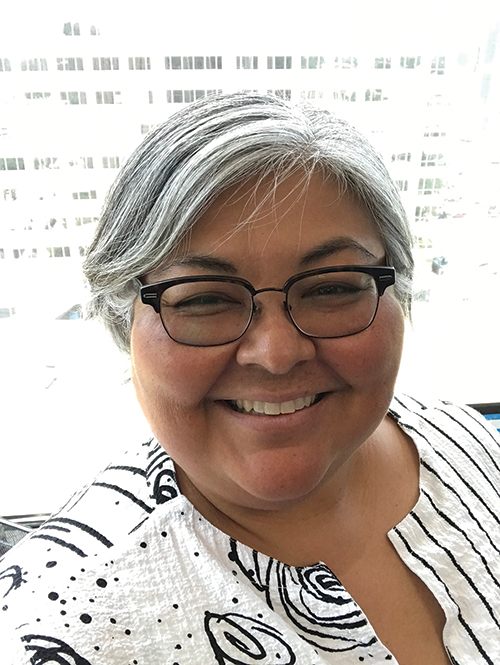
The region has been laying the groundwork for years, inside and outside of UT, Bodisch says, in places like the Pecan Street project from Mueller Development, a pilot community for testing technologies. As for the Tesla property itself, she sees a lot of potential in the undeveloped land around it, in an area known as the Eastern Crescent that has great access to highways and to the population base. As her Opportunity Austin team now compiles an updated list of all sites in its five-county, 20-city region that are at least 50 acres and could potentially serve as industrial manufacturing sites, she notes that while developers had taken down big tracts with residential in mind, now they are more mixed-use, with industrial adjacent.
That creative adjustment is typical Austin, where whether it’s coming out of the Great Recession or grappling with a pandemic, “you have a lot of creative minds that take on challenges, try to figure them out and move forward,” Bodisch says. It can lead to surprises for the outside world, even in an area that already seems to have everything going its way.
“When we got the Army Future Command, people around the country were wondering how it went to Austin,” she says. “They don’t realize we have billions of dollars of research with the military as well.” People know about Google and Apple, but may not know about the fintech players in the region. Likewise, people may know about the area’s reputation in clean technologies, but not connect that to the fact that Austin is home to the Circuit of the Americas Formula One track, which is also a premier test track. People don’t know all that, “and they put us in this little box,” Bodisch says. “It’s a very cool box.”
Socially conscious investing is part of that cool, and will be part of the Tesla package too.
“That is one of the most exciting prospects about the Tesla agreement,” says Travis County’s Diana Ramirez. “Under the agreement, Tesla will be working with a Travis County program that provides social service supports and soft skills training to people exiting the Travis County Correctional Complex with job opportunities at the Gigafactory. In addition, Tesla will work with local workforce development organizations and institutions of higher education (with a focus on Historic Black Colleges and Universities) to establish training programs, workforce pipelines, and college internships for county residents and college students of color. In addition, Tesla is working with the Del Valle ISD to develop curricula to train high school students for entry level jobs at the Gigafactory. The vast majority of the Del Valle ISD students are students of color who are eligible for free or reduced-price lunch.”
The School District
Del Valle ISD School Superintendent Dr. Annette Tielle says, “The presence of Tesla allows our students opportunities that would have been unimaginable until this partnership. They will have opportunities to participate in apprenticeships, internships, Tesla-designed engineering courses, and robotics. In addition, teachers will be invited to participate in externships.”
She says the Tesla leadership team “was in constant communication with our district leadership team, specifically Board President Rebecca Birch and myself. They sought our input to develop a plan to support Del Valle ISD students.”
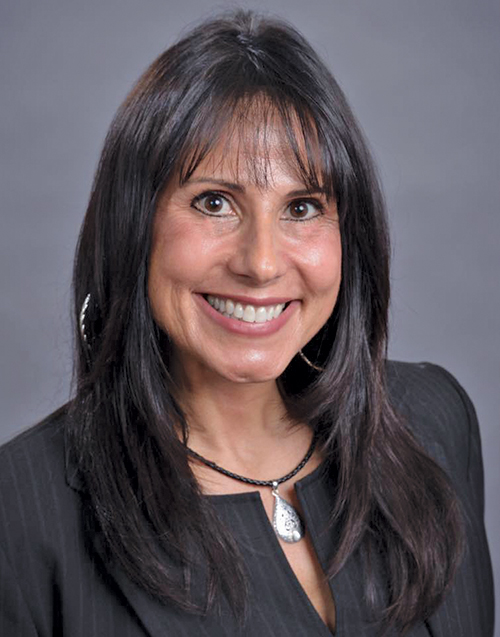
Asked what issues and priorities stood out during the process, she says, “My priority is the future of my kids. My very first discussion with Tesla focused on how this partnership will open up a world of opportunities for our Del Valle ISD kids, and that was the moment I knew this partnership was one I would completely support.”
It goes well beyond the direct jobs too.
“The economic development of our community will be far-reaching,” she says. “A positive outcome will be the other businesses that Tesla will attract to come to Del Valle. This will impact economic resources for our community, including grocery stores and healthy foods.”
The Workforce Developers
Tamara Atkinson is CEO of Workforce Solutions Capital Area Workforce Board (WFS Capital Area), a private, publicly-funded nonprofit responsible for the planning, oversight and evaluation of workforce development activities in the Austin/Travis County area. “Our discussions with Tesla continue to evolve as they are able to share details about their hiring and skill-building plans,” she says. While details are not ironed out yet, a June letter provided to Travis County Commissioners Court when they were considering incentives lays out her organization’s vision and the region’s capabilities.
“Tesla will have a ready talent base here in Central Texas,” the letter reads. Even though the region has suffered far less than most, as of mid-June there were still 130,000 people out of work among the 1.2 million working-age people in the region. Nearly 30% are between the ages of 25-34. “Half of the jobless claimants earned up to $30,000 at the time of their employment dislocation, and three-quarters earned up to $50,000,” the letter continues. “Thus, we have a lot of motivation to diversify the Central Texas economic base and provide strong career opportunities and ladders for our local people in growing industries such automotive manufacturing.”
The partnership proposed between Tesla and Workforce Solutions includes Del Valle ISD and Austin Community College, but also highlights Tesla’s own strengths: “Tesla has a history of providing career pathway programs into and within its company,” the Workforce Solutions proposal states, “including a Manufacturing Development Program, and a Tool and Die Apprenticeship program.” Moreover, “new and leveraged funding can be identified to substantially or completely eliminate tuition, fees [and] instructional materials using Skills Development Fund, Tesla, Austin Community College and Travis County rebates.”
The proposal also delineates a pathway for enhancing manufacturing programs for high school students: “Students can initiate these manufacturing programs while enrolled as a high school student and complete these courses either while enrolled as high school seniors or fifth-year seniors at the school district at no cost to the student,” the letter states.
“For generations, hard-working, hard-dreaming Central Texans have made this a great place to create a career, raise a family and support one another,” the letter concludes. “In these tough economic times, Central Texans are excited to be able to welcome an iconic American business success story to our community to work with us to write its next, successful chapter. We welcome Tesla home.”
The Minority Communities
One of Opportunity Austin’s priorities in its project attraction efforts is full engagement with all of its constituent and sister chambers, including the Greater Austin Hispanic Chamber, Black Chamber, Asian Chamber, Young Chamber and LGBT Chamber, led by President and CEO Tina Cannon, a seasoned entrepreneur from Austin’s startup space who was formerly vice president of government relations with the Greater Austin Chamber and a senior policy analyst for the City of Austin. The chamber has partnered with the Texas Association of Business on many initiatives, including a defeat for what they called a discriminatory and anti-business bathroom bill during the 2017 Legislature.
Cannon compliments the work of Charisse Bodisch and her team: “She is fantastic at what she does,” she says, and the chamber team is “good about pulling in at an early stage the area minority chambers, for early engagement with whatever company they’re talking to, as part of the relationship-building phase, to make sure they’re a good fit with the community.”
Cannon has been involved in continual conversations with Tesla over the past year, and takes part in a weekly call with the company. “They’ve been very interested in having a robust relationship with the community,” she says. “They are a big player, and know they are going to have a big impact. That said, we have a lot of big players in Austin. They are also a young company, and have some growing to do there as well. Specific to the LGBT community, one thing they already came to the table with is their built-in employee resource groups. They are open and deliberate on diversity and inclusion in hiring.”
But there’s still a ways to go in the supplier diversity arena, where the company has not completed an LGBT Business Enterprise certification. “Tesla said, ‘We missed that one. We want to learn and put one together,’ ” Cannon says. She sees it as a good opportunity to partner with her chamber in helping set up “a small mom-and-mom or pop-and-pop business.”
Measures like this are important to the LGBT community, she says. “It’s more than changing your logo in June and saying, ‘Tada, aren’t we supportive?’ ” she says. “What are you doing the rest of the year. What are you doing on the supply chain side to set up small businesses that are LGBT-owned?”
She says there are a host of chamber members that are LGBT-certified and waiting for the RFPs to drop from Tesla. And they’re dropping fast. “They just dropped one about an hour ago,” she says. “These are transformative RFPs, where a small landscaping operation with three or four trucks could change to a full-on fleet. They’re moving fast. They’re moving dirt, and looking for companies to work with, with an aggressive timeline to completion.”
Diversity in hiring and contracting is central to Cannon’s mission. Having projects to enact those goals comes thanks to industry diversification over the years, she says. “Our brand was not dependent on one sector,” she says. While some might say that weakens a brand, it also means it’s “hard for people on the outside to label us. We’re like Silicon Valley, but we’re also a big fintech hub and a government hub. That diversity has really kept us robust. And it’s a place people love that attracts the workforce because the city is so beautiful — we don’t have to convince people to be here.”
Now that beauty can extend to property that she says “has been long deserted environmental wasteland, in an area that has needed these exact types of jobs for decades.” The connection to the Del Valley ISD is key. “It’s a generational opportunity for Del Valle,” she says. “It’s extraordinary, and a game changer.”
The Manufacturers
“We want more people,” said Drew Baglino, Tesla’s senior vice president, powertrain and energy engineering, in that July earnings call. “We don’t find enough people. People who are interested in designing new lines and trying to do things different — Tesla’s got a job for you. And now we’ve got jobs everywhere,” as in California, China, Berlin and now Austin. “So there’s plenty of exciting places, and all these places will do original work and challenging meaningful work.”
Manufacturing gets a bad rap as boring, repetitive work. But not the way Tesla does it, said Musk. “It’s actually extremely exciting and fulfilling to design new production systems,” he said. Moreover, “there’s far more opportunity for innovation in manufacturing than in the products itself, by an order of magnitude.” And he reiterated shortly thereafter, “The long-term sustainable advantage of Tesla, I think, will be manufacturing.”
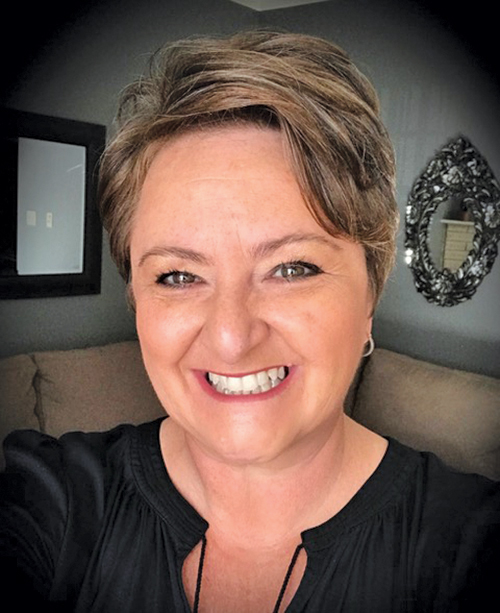
That’s music to the ears of Austin Regional Manufacturers Association (ARMA) members, led by Executive Director Ed Latson.
“Tesla opening a factory in southeast Austin will be transformative for central Texas by adding another layer of diversification and resilience to our economy,” he tells me. “It will create high paying jobs that provide opportunity to all educational backgrounds, from PhDs to GEDs. And it should be a magnet for an entire ecosystem of businesses and suppliers that support automotive plants and their employees.”
ARMA was active in recruiting Tesla to the region by advocating before Travis County and Del Valle officials to support the incentives agreements. “There was overwhelming support for the project,” he says. “However, a coordinated opposition, led by political forces outside of the region, did voice concerns. The Travis County Court ultimately made the right decision.”
Latson says the deal makes the I-35 corridor in Texas a true force in automotive manufacturing, when you consider Toyota’s operation in San Antonio and GM’s in Fort Worth. Asked about supplier potential, he says, “There are already a few TESLA suppliers in the region. However, we expect a significant number of companies to move here to support the facility. I’ve heard that over 100 suppliers moved to Reno for their battery factory, and I wouldn’t be surprised if we ultimately surpass that number. The Austin area is also home to a strong community of contract manufacturers with a wide array of capabilities that I’m sure will pivot to accommodate their needs.”
Skilled workforce was a key box to check for Tesla. But Latson says it goes beyond that to skills in electronics.
“While automotive seems like a very distinct difference, the truth is Austin is home to some of the most advanced electronics manufacturers in the world,” he says, led by such firms as Dell, Samsung and IBM. “The skills needed to build their products are not that different than what it will take to put together an electric vehicle.”
That said, much of Austin’s growth over the past 20 years has been white-collar.
“It has created an affordability crisis, as many families have been left behind,” Latson says. “The Tesla factory will be different. They are investing in a part of Austin that has been economically ignored. The schools in that district will get a massive revenue injection, and young people across Texas will have an opportunity to build some of the coolest vehicles on the road.”
